Halo Infinite: Season 4 Unfinished Teaser
Microsoft . 343 Industries . September 2022
This was the final project I contributed to before leaving 343 Industries (Halo Studios) in September 2022. All of the seasonal narrative content for Halo Infinite was written by Joseph Staten and Clay Carmouche. I led the end-to-end execution of this teaser—from all-things 3D, to graphic design, the edit, motion graphics, sound design, and overall visual direction. The only components I didn’t create were the Spartan models, textures, rigs and environments.
This project was never completed. I left the studio to join NetEase as Game Experience Director, where I helped build a new IP from the ground up. Halo’s seasonal narrative content was ultimately canceled, and this teaser never saw release. It remains the only professional project I’ve ever walked away from mid-production. With another 6 weeks, it would have been fully rendered, composited, and ready.
3D Package: Maxon C4D R25
Renderer: Octane
Narrative Experience Director: Dan Chosich
Writer: Joseph Staten, Clay Carmouche
SPI Model: Bryan Repka
Design, Animation, Rendering: Dan Chosich
Sound Designer: Dan Chosich
Editor: Dan Chosich
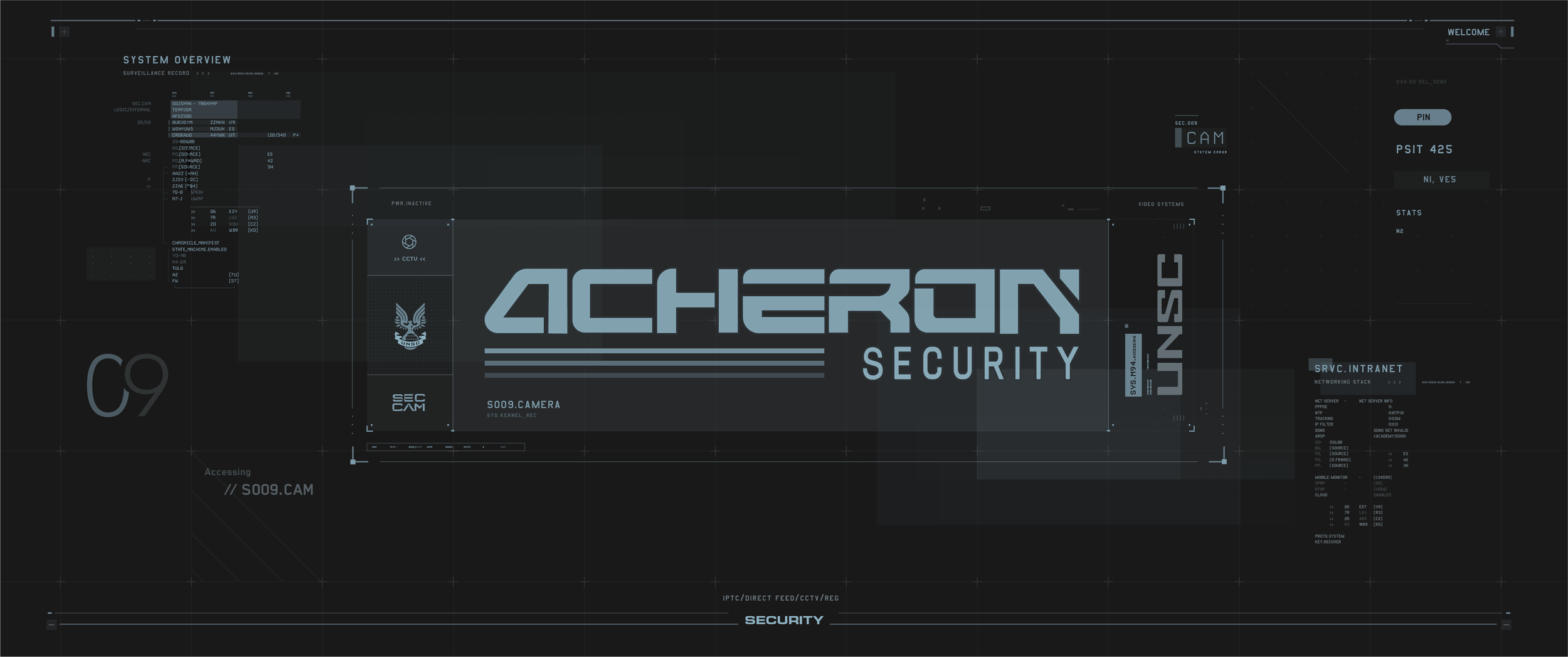
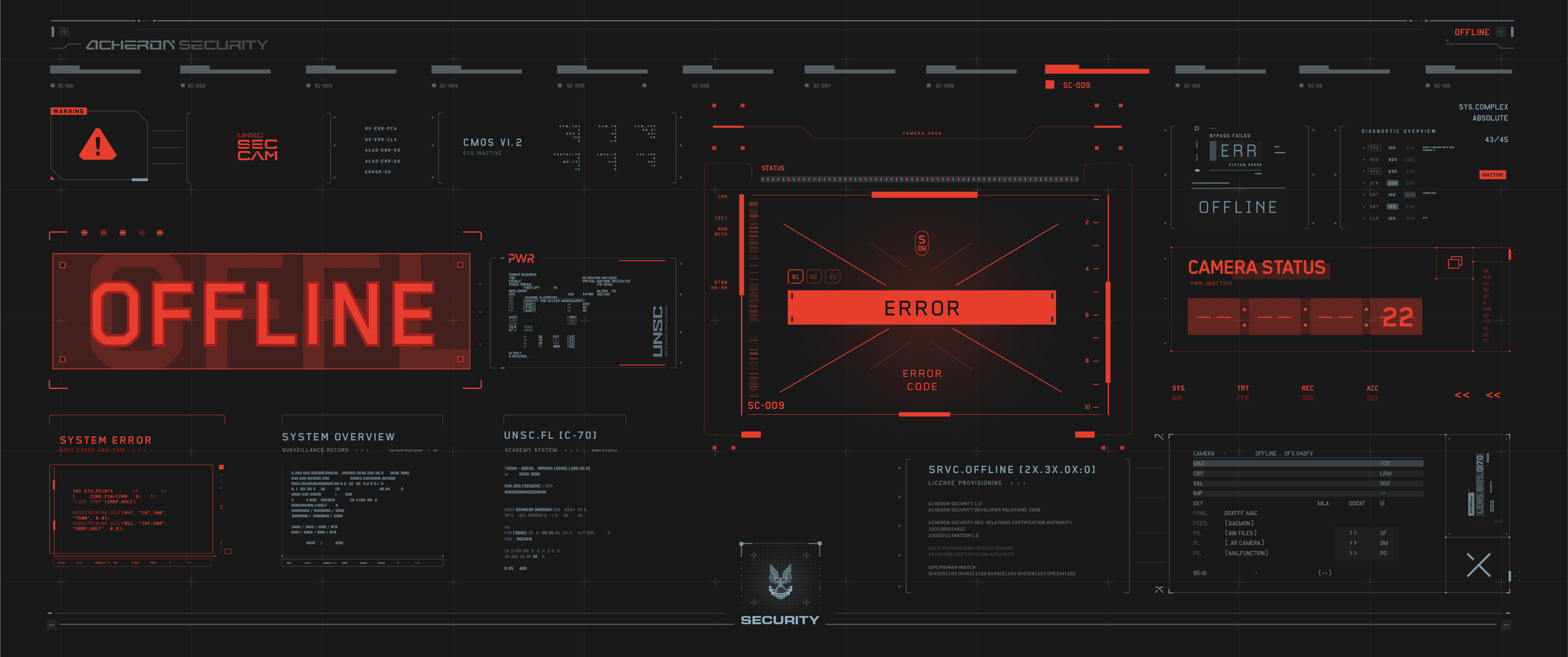
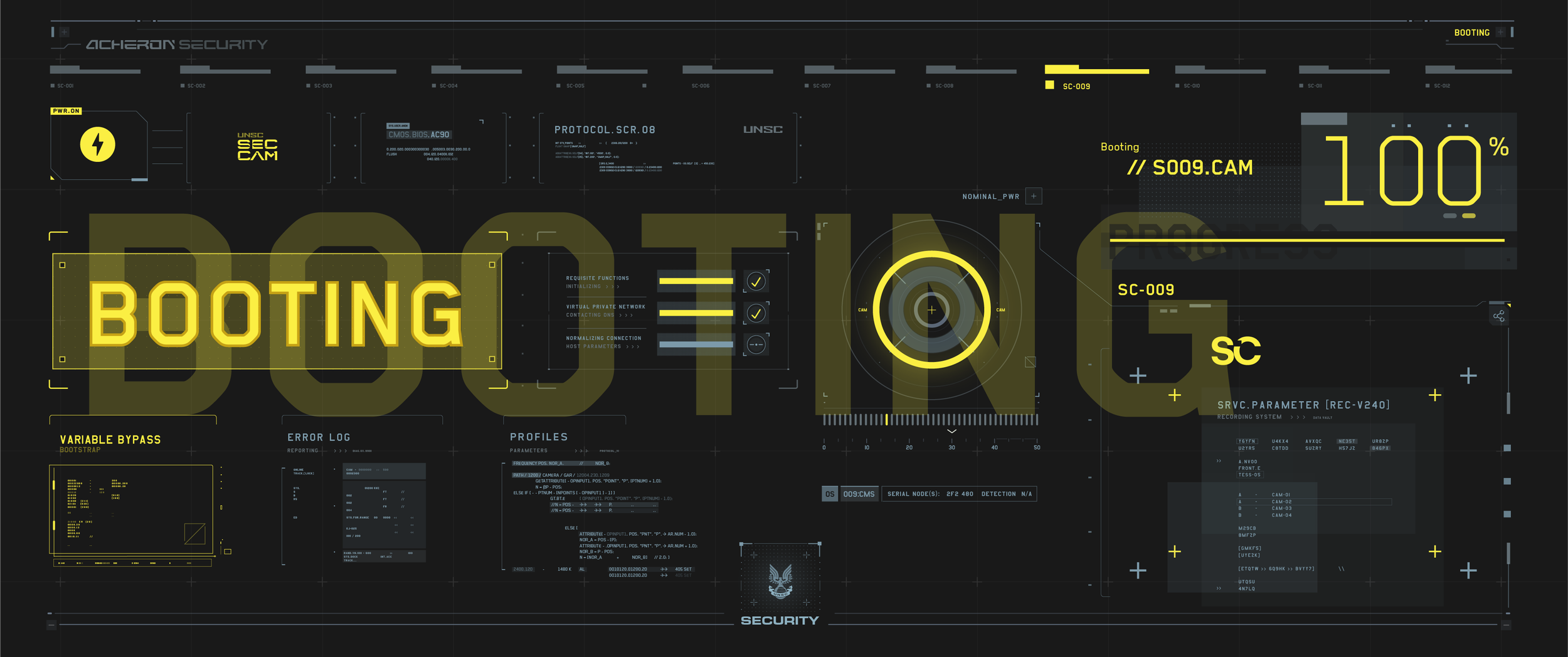
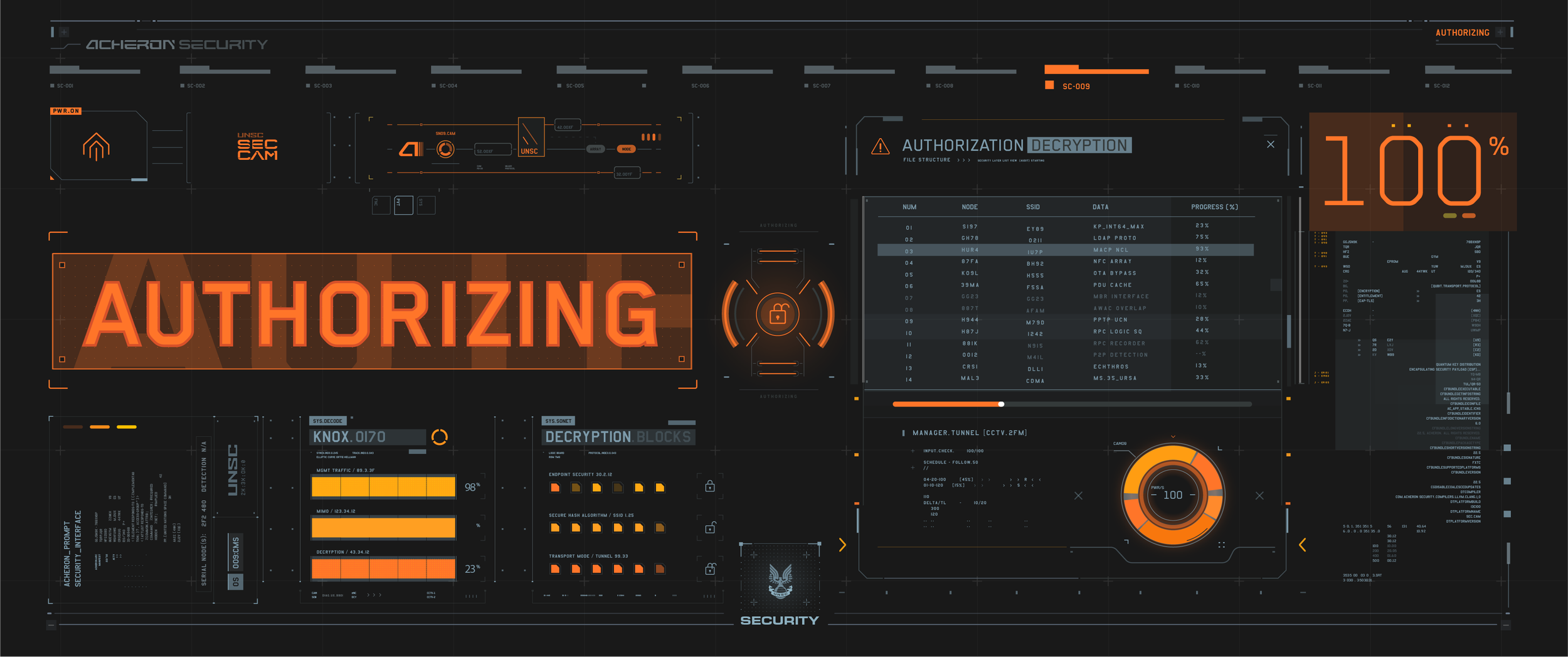
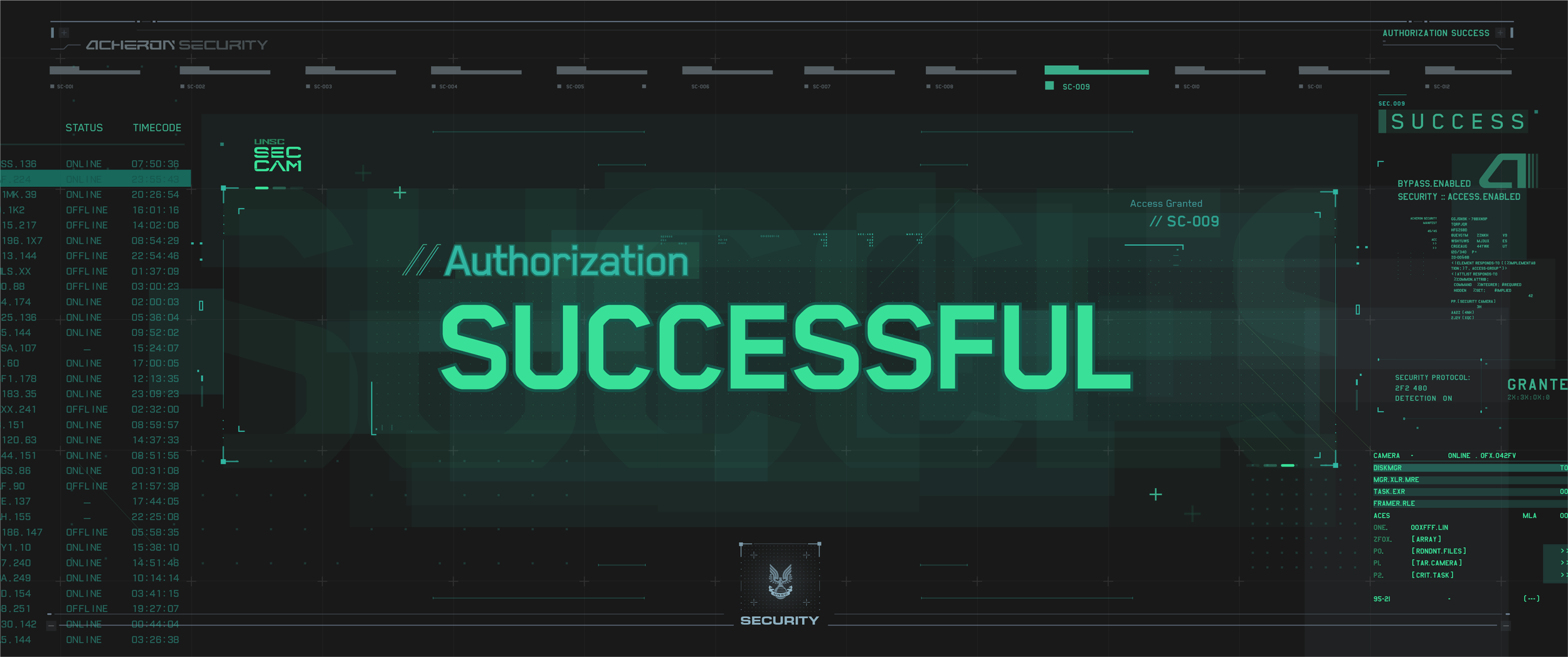
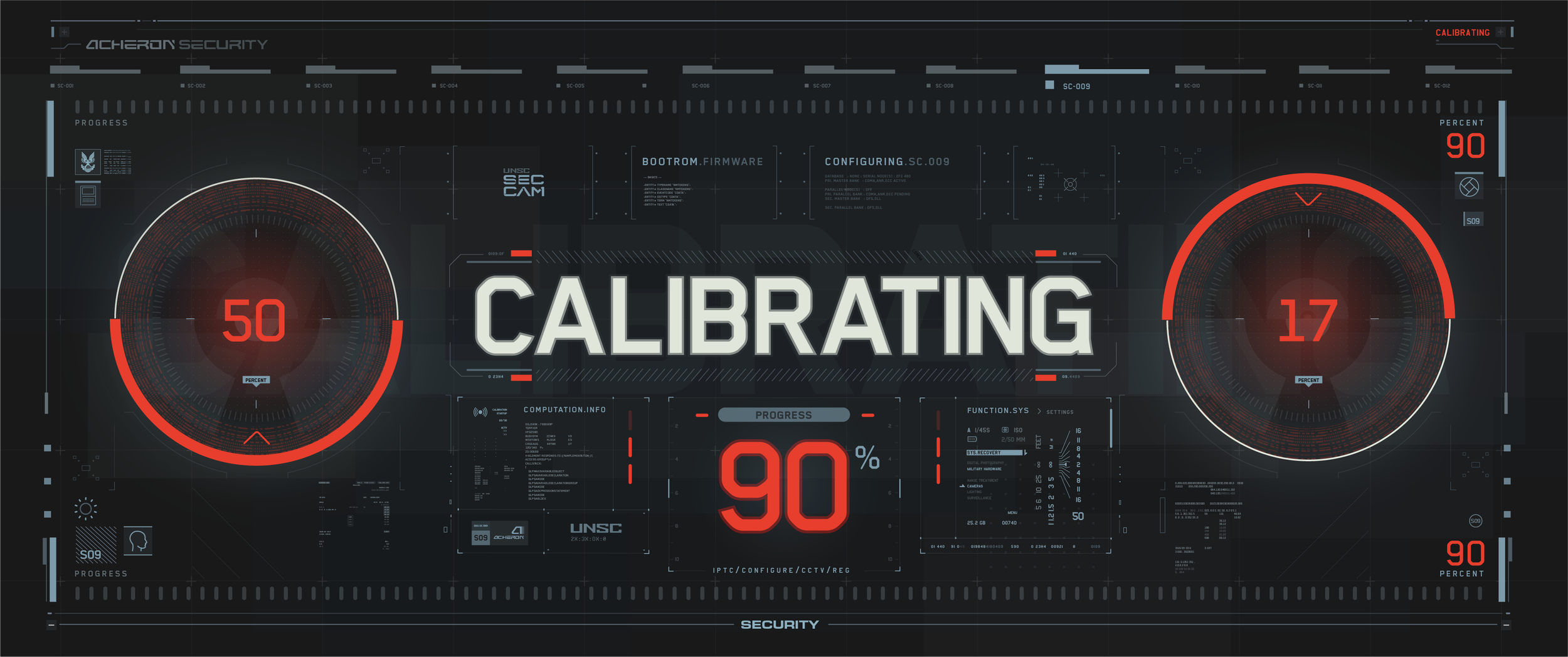

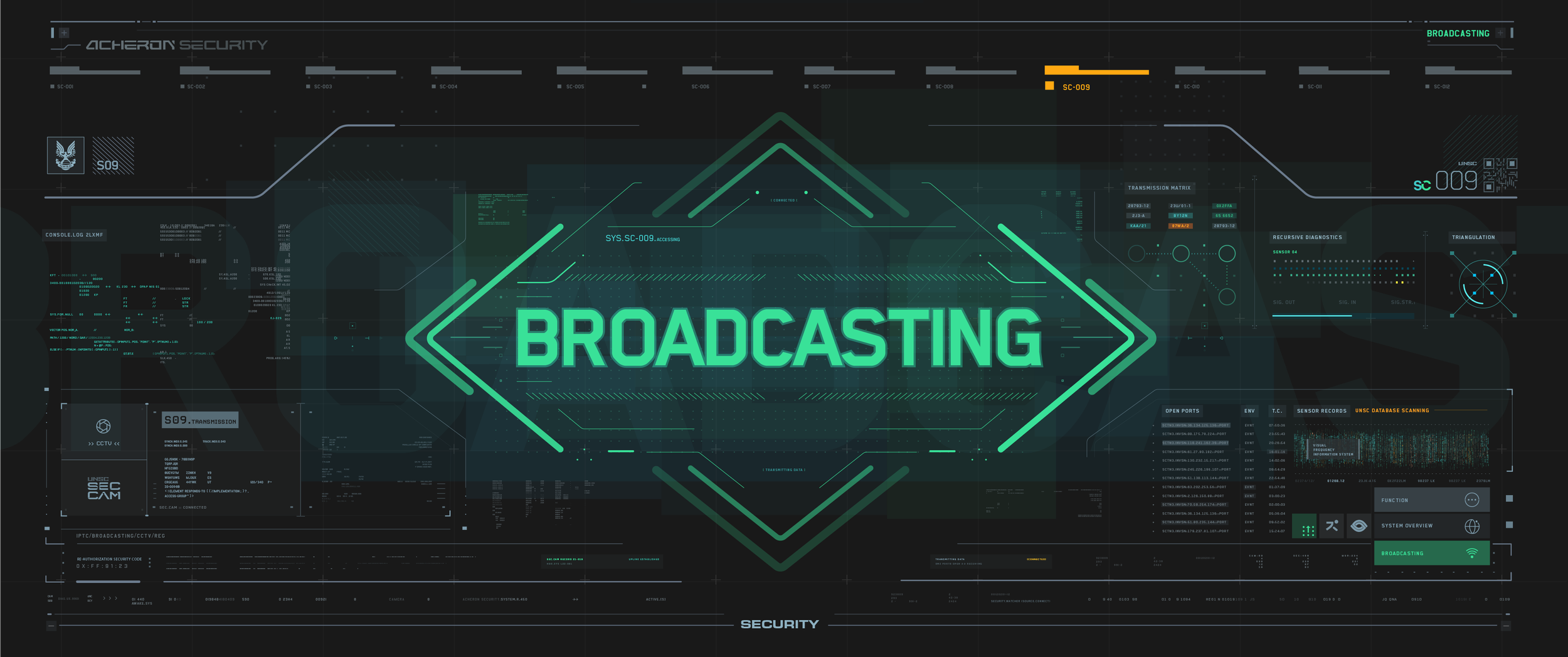
Inside the A.I.
This teaser explored one of Halo’s foundational lore dynamics: the contrast between “dumb” and “smart” AIs. I designed a series of in-world screens to reflect the voice and limitations of a dumb AI: a security system with a rigid, functional use case. The narrative cut between this system’s surveillance footage and events unfolding inside a classified R&D facility.
The teaser served as narrative glue, intentionally brief but layered with meaning. It was meant to kick off Season 4, with the key twist being that the main characters were unaware of the intrusion. A rogue Banished AI had infiltrated their security systems. As the season progressed, the implications of that breach would slowly be uncovered and introduce new threats, characters, and deeper connections to past Halo lore.
Although I left 343 before Season 3 was released, the plan was for this narrative thread to evolve across multiple seasons. Unfortunately, the seasonal narrative program was cut before that vision could be realized
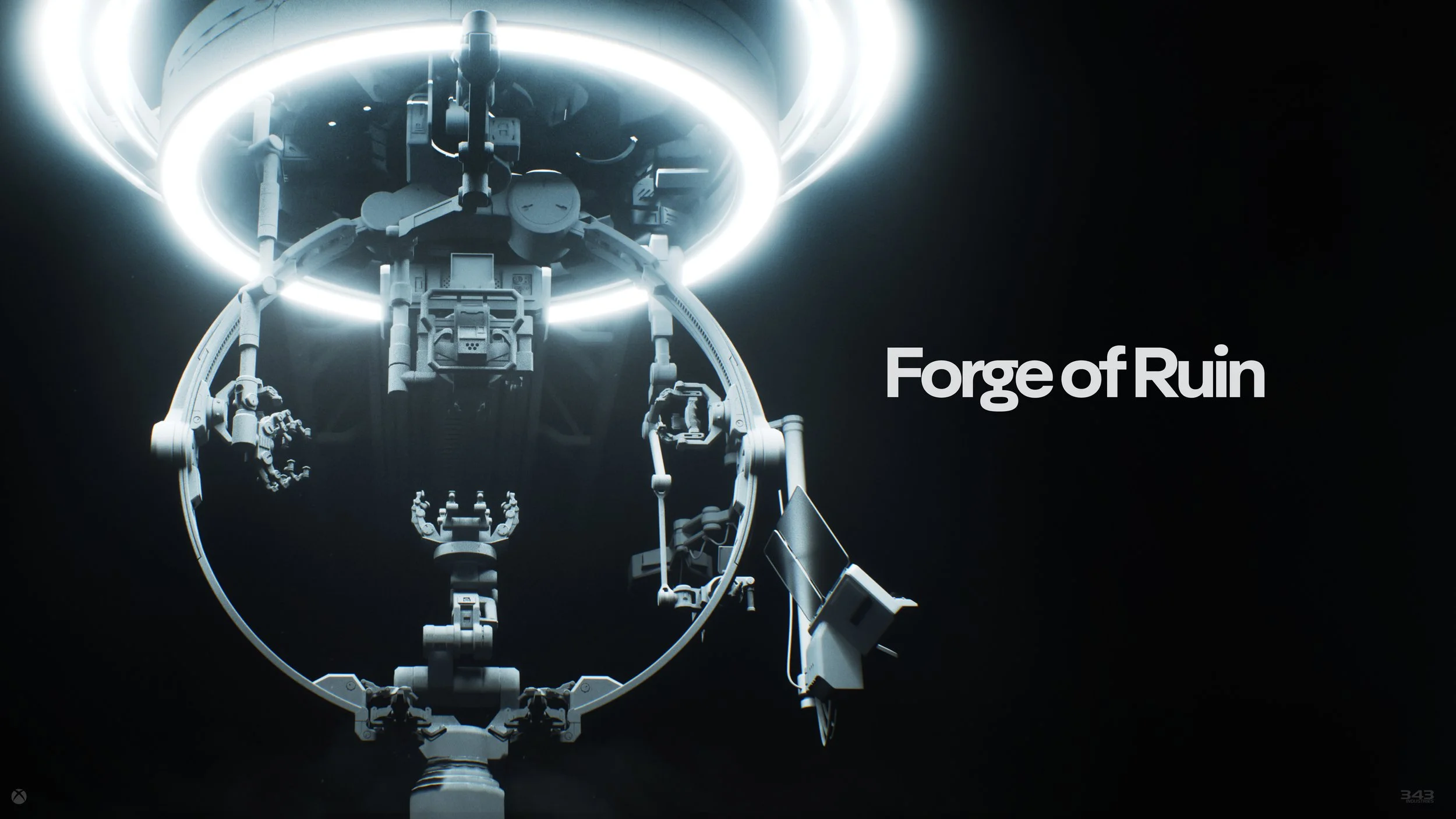



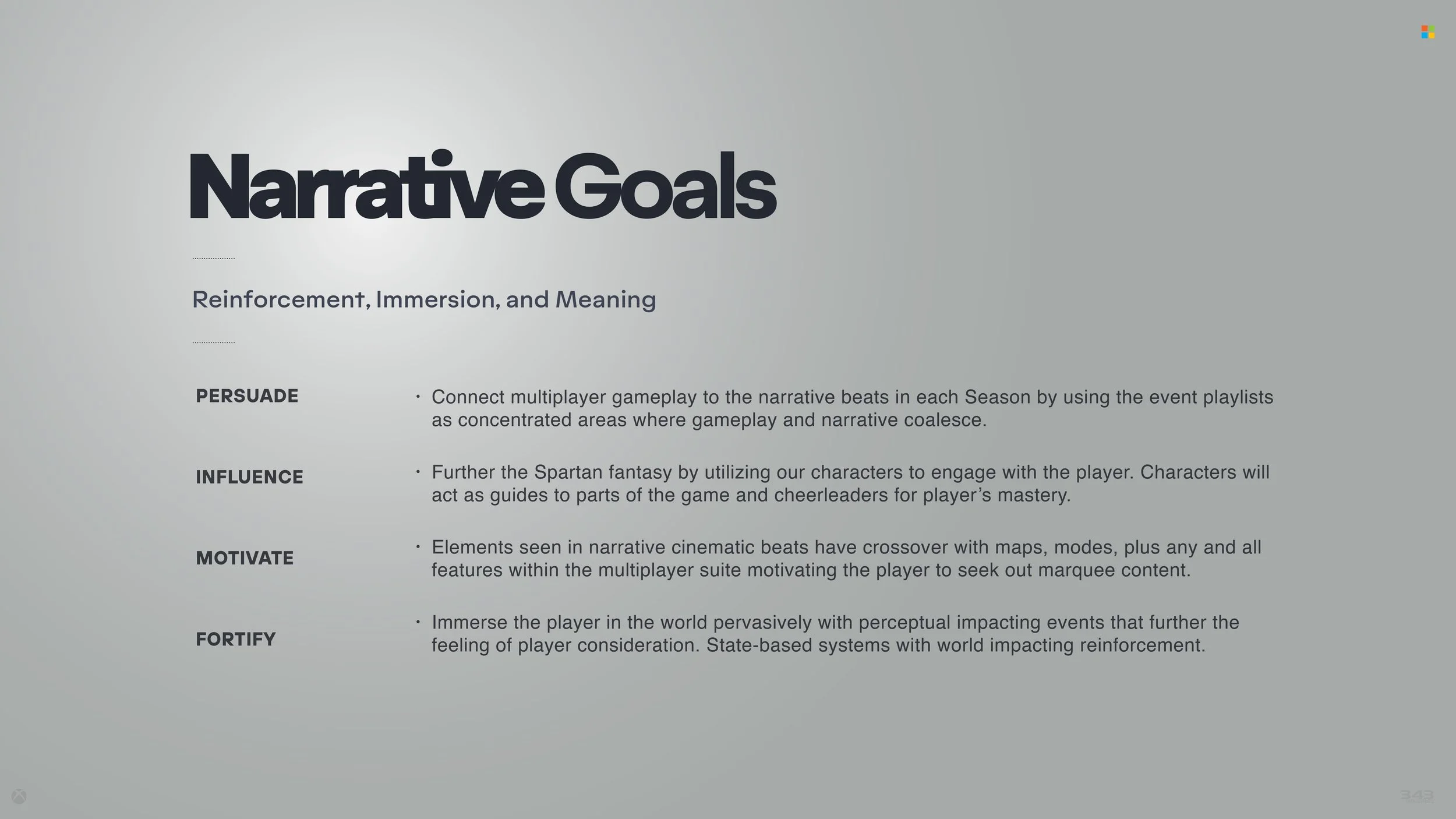




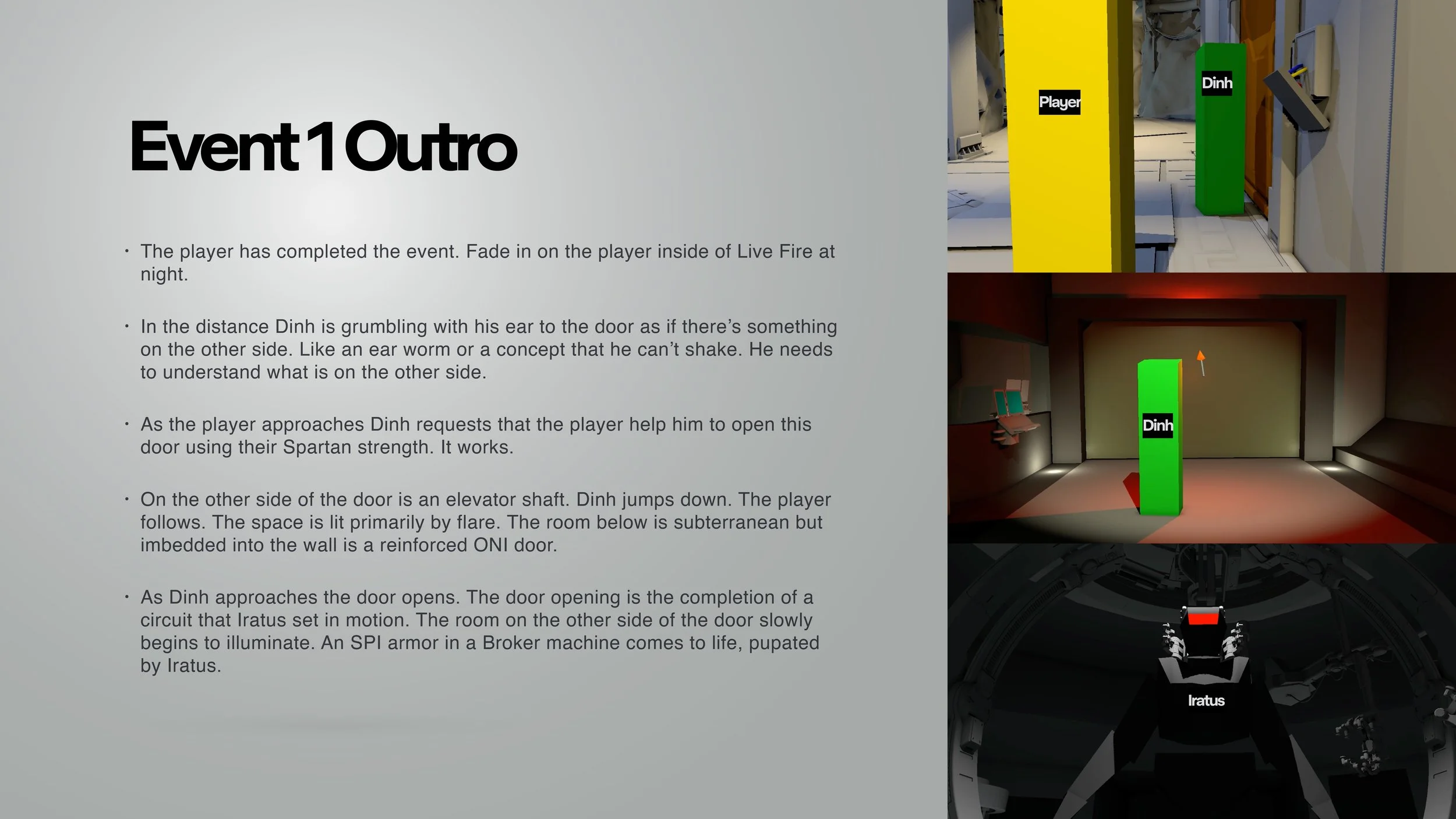












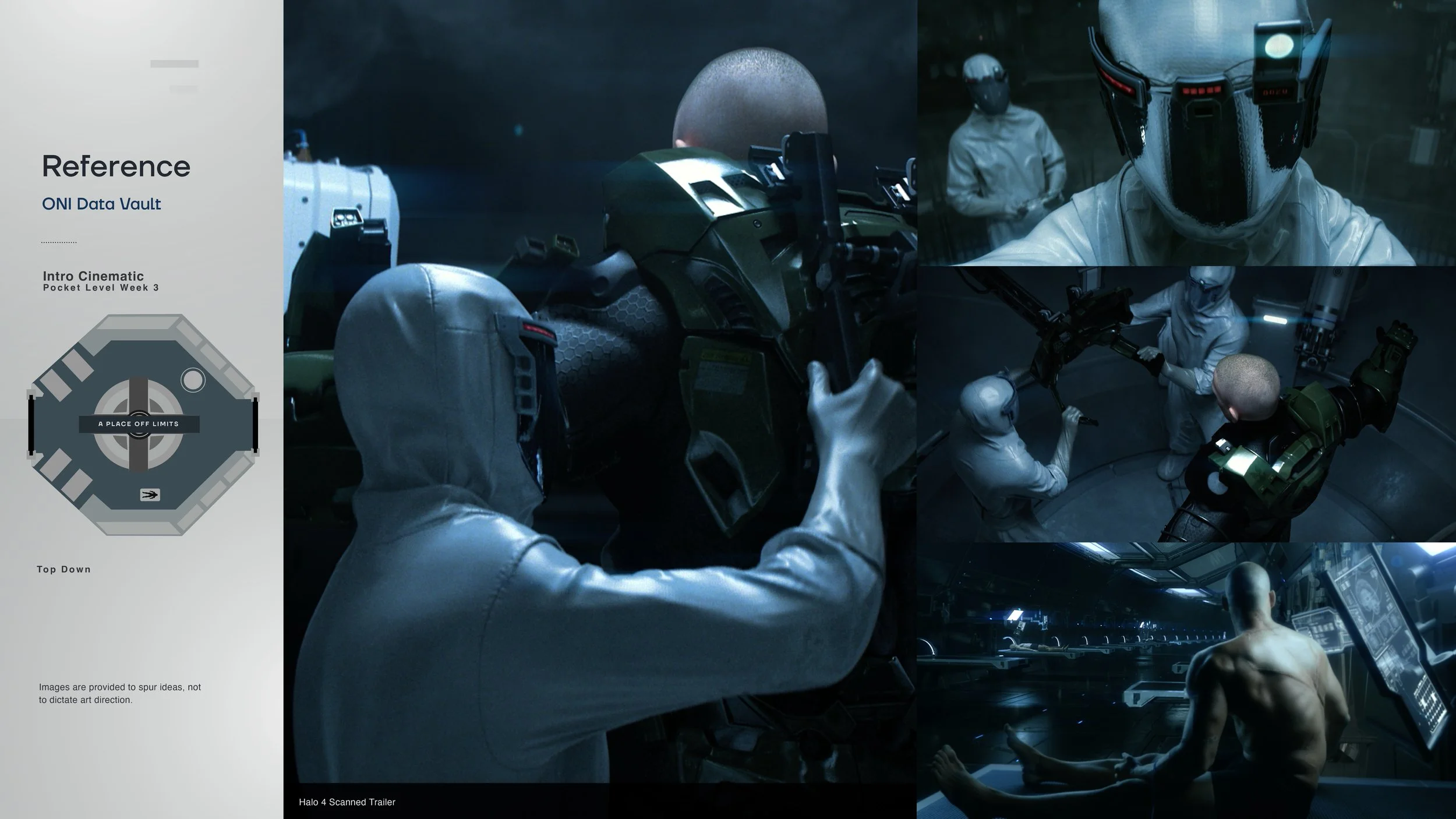
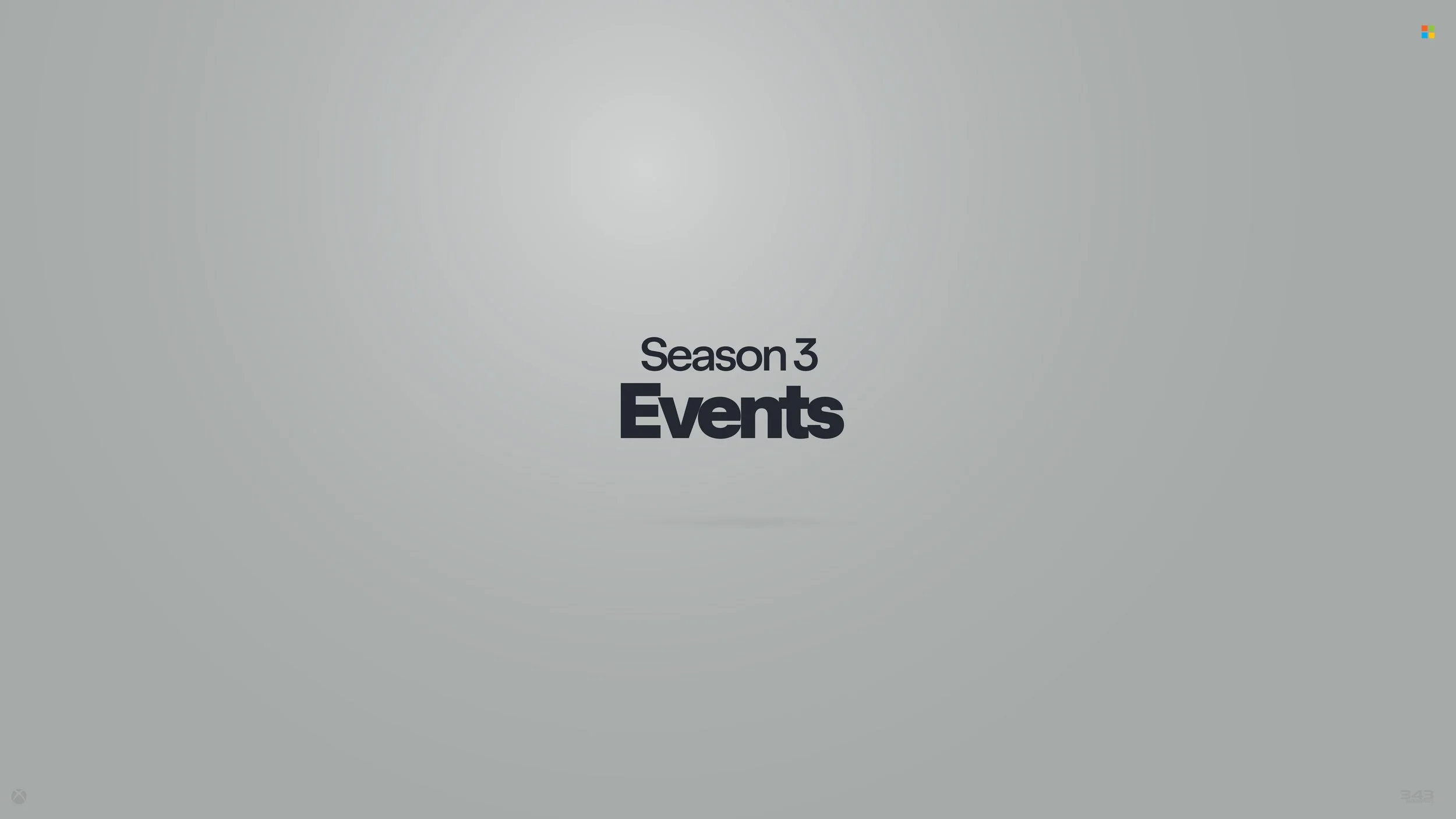
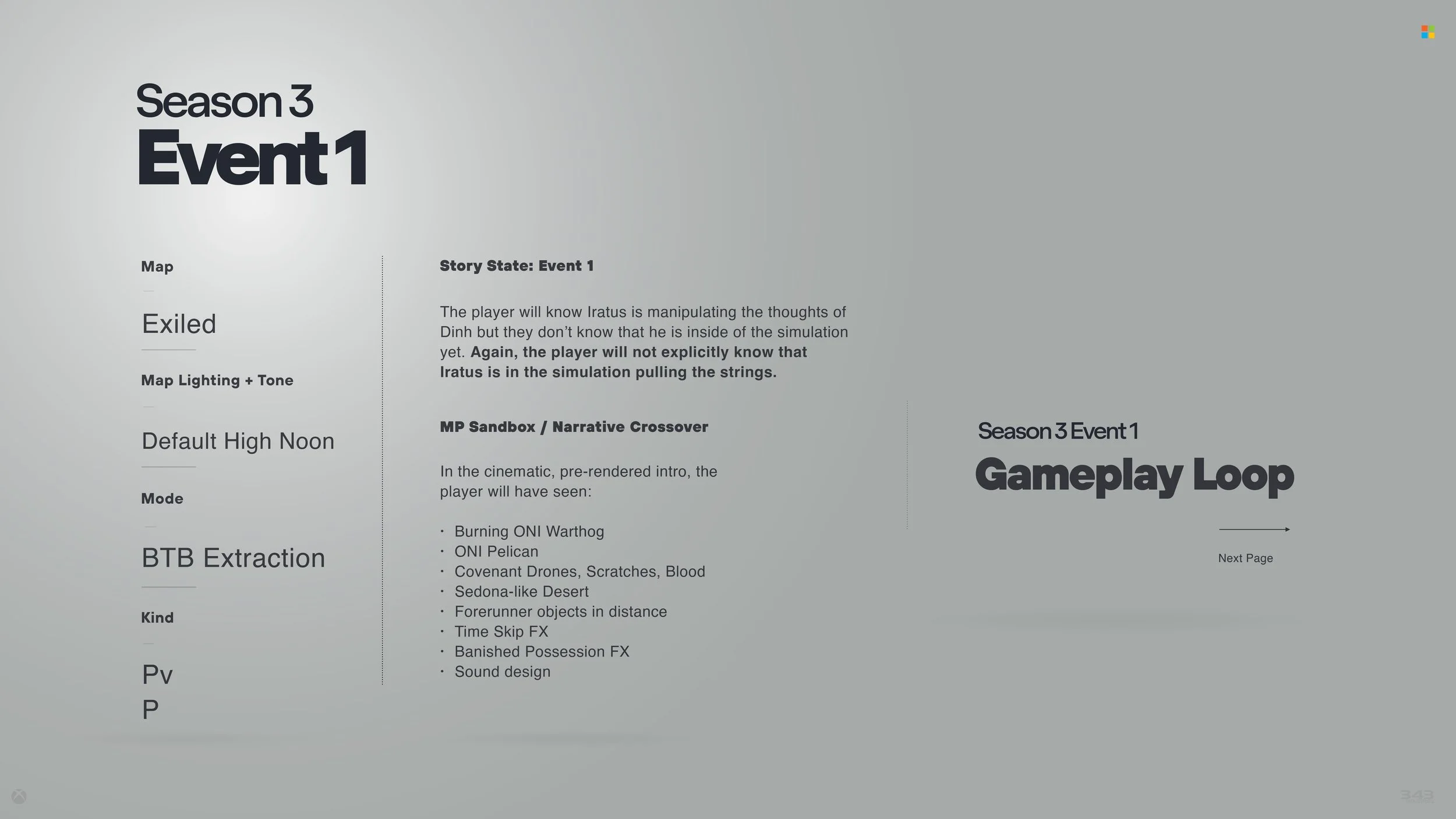


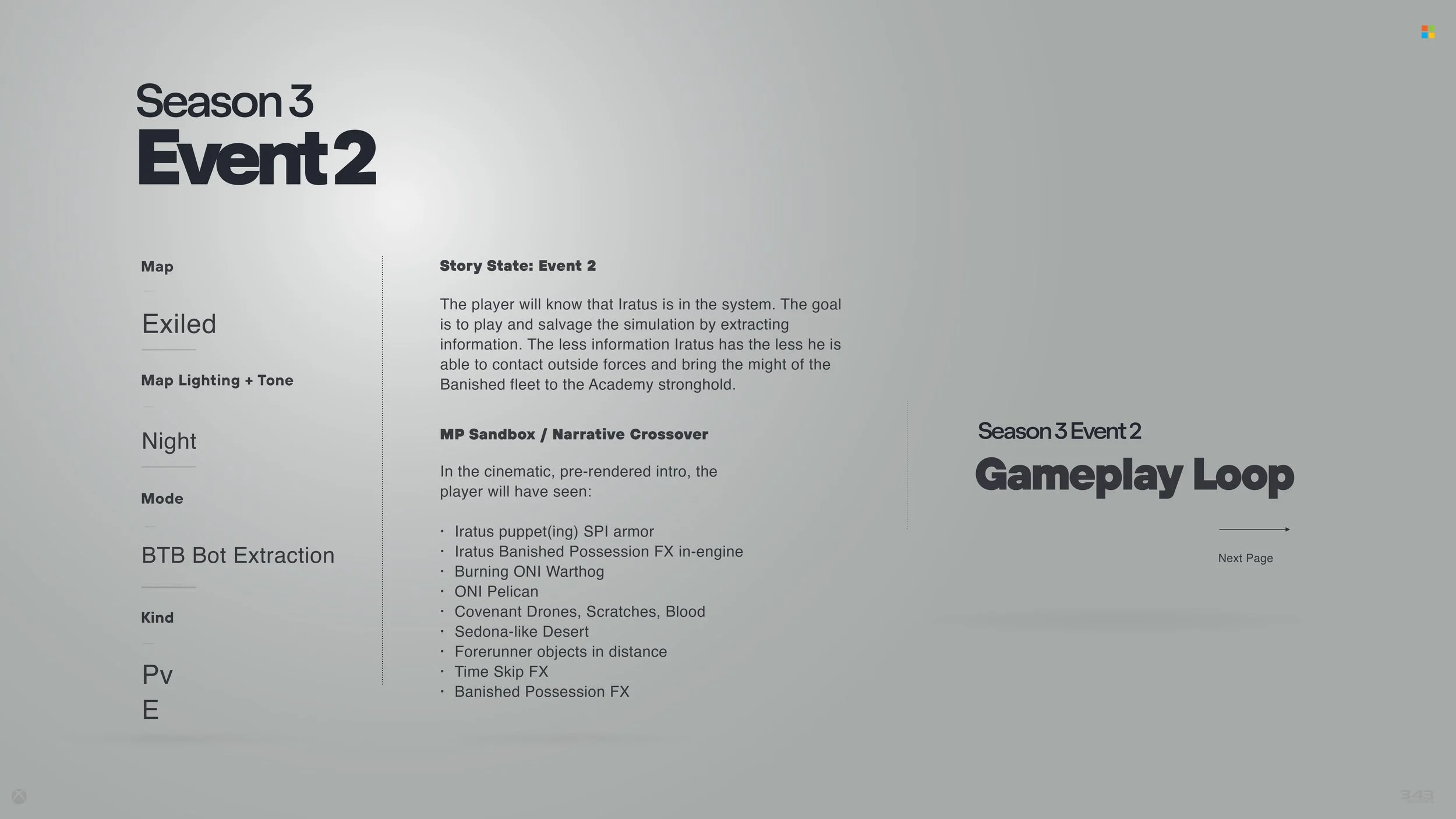
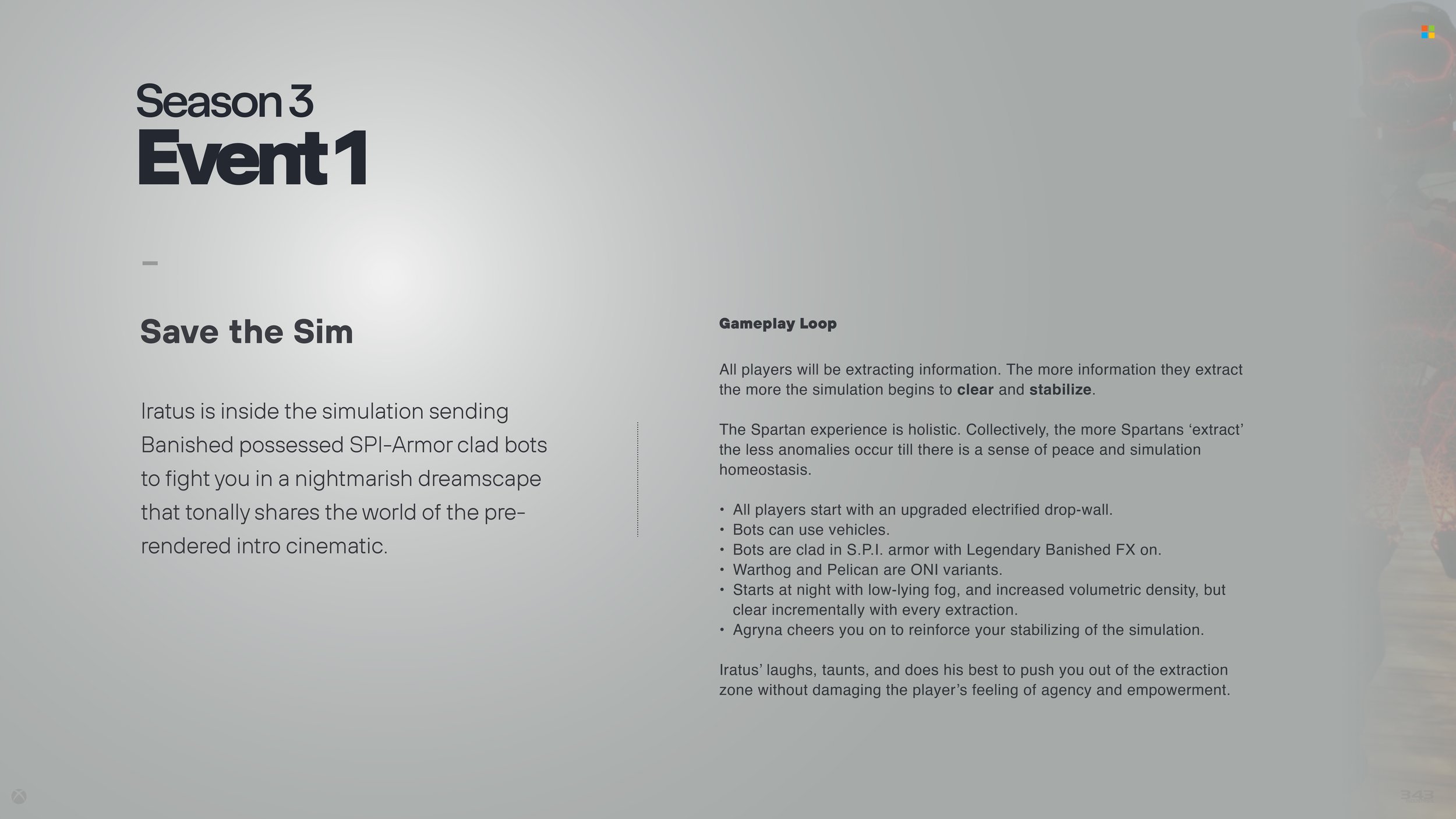



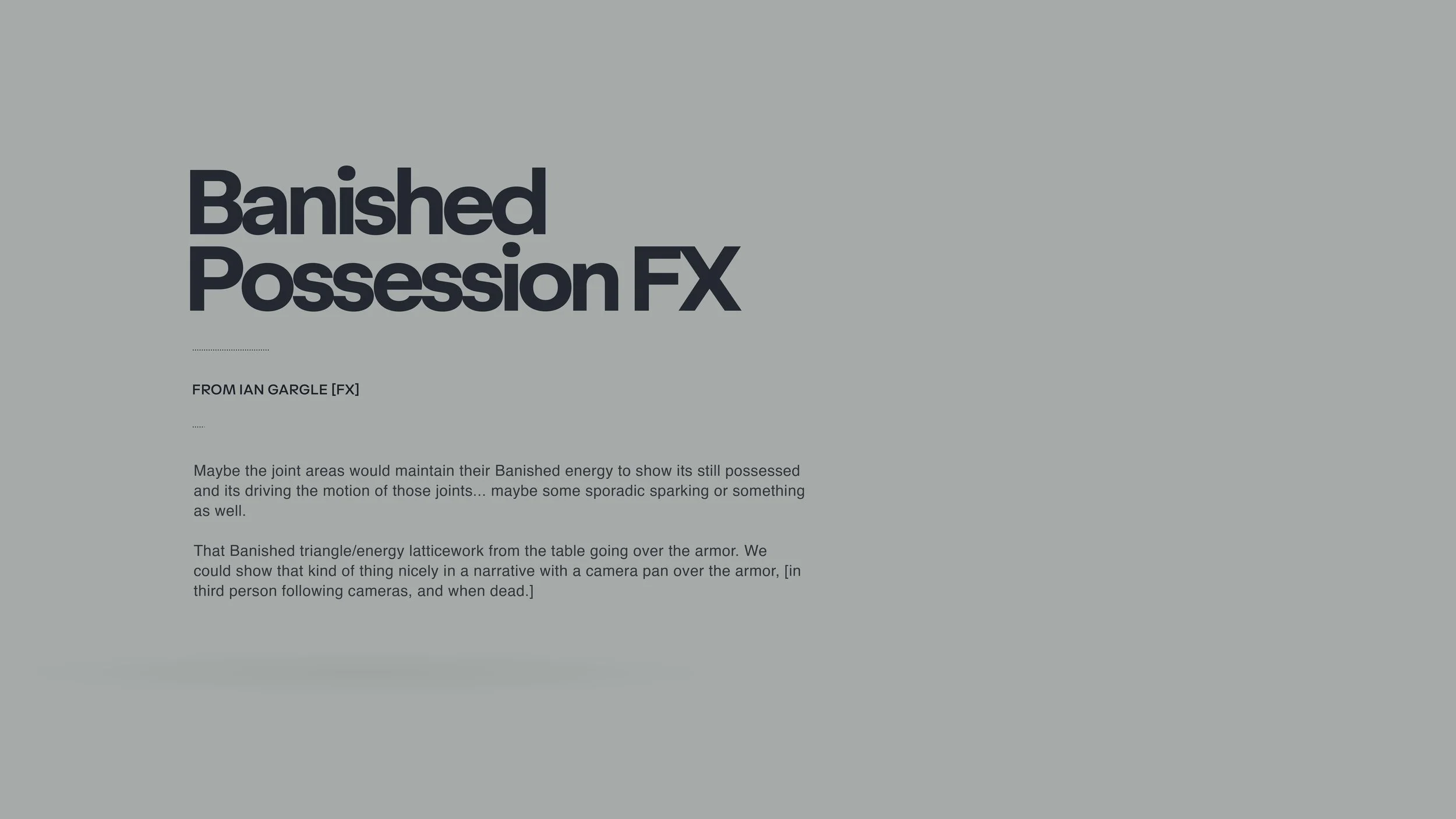


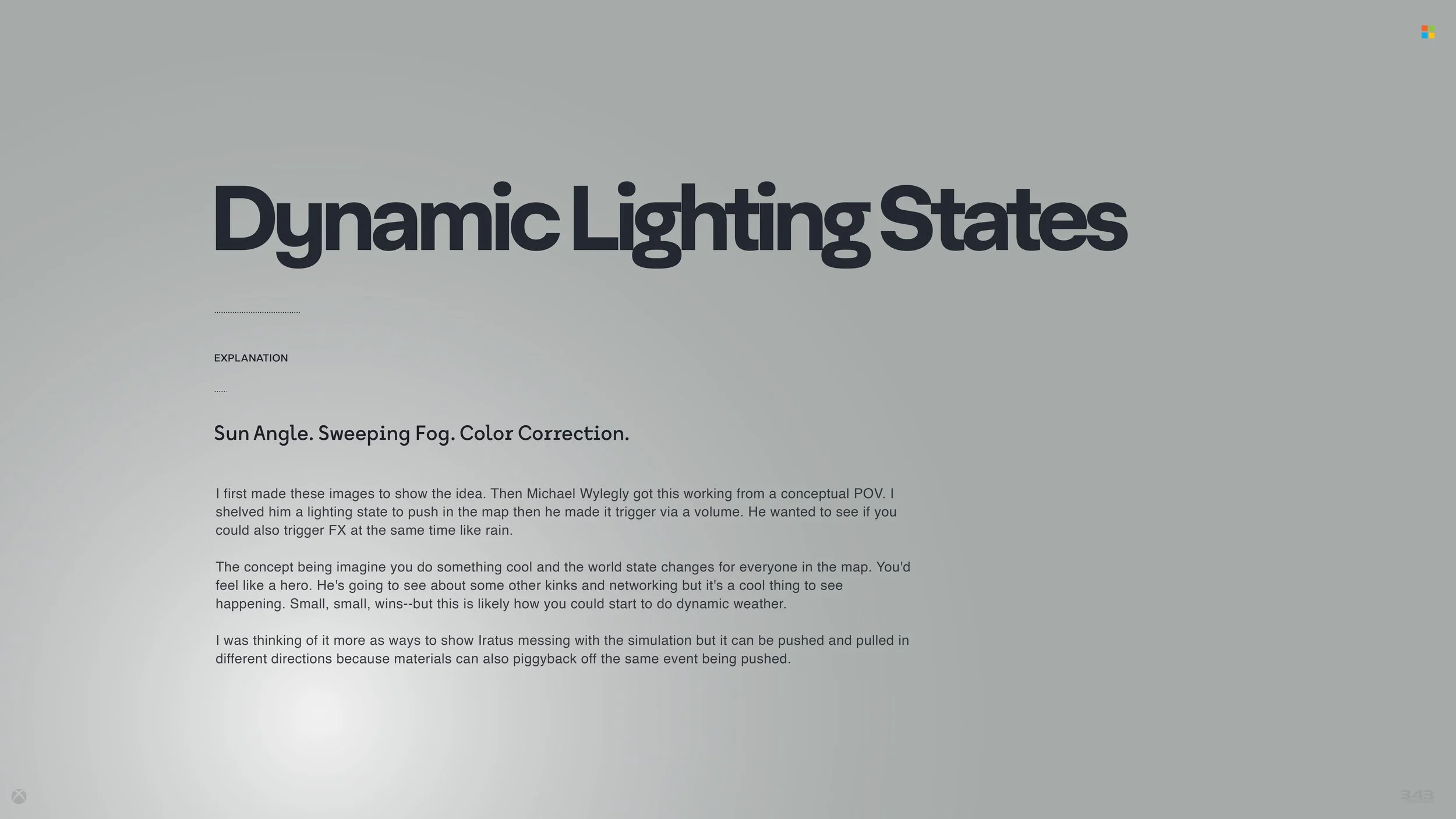



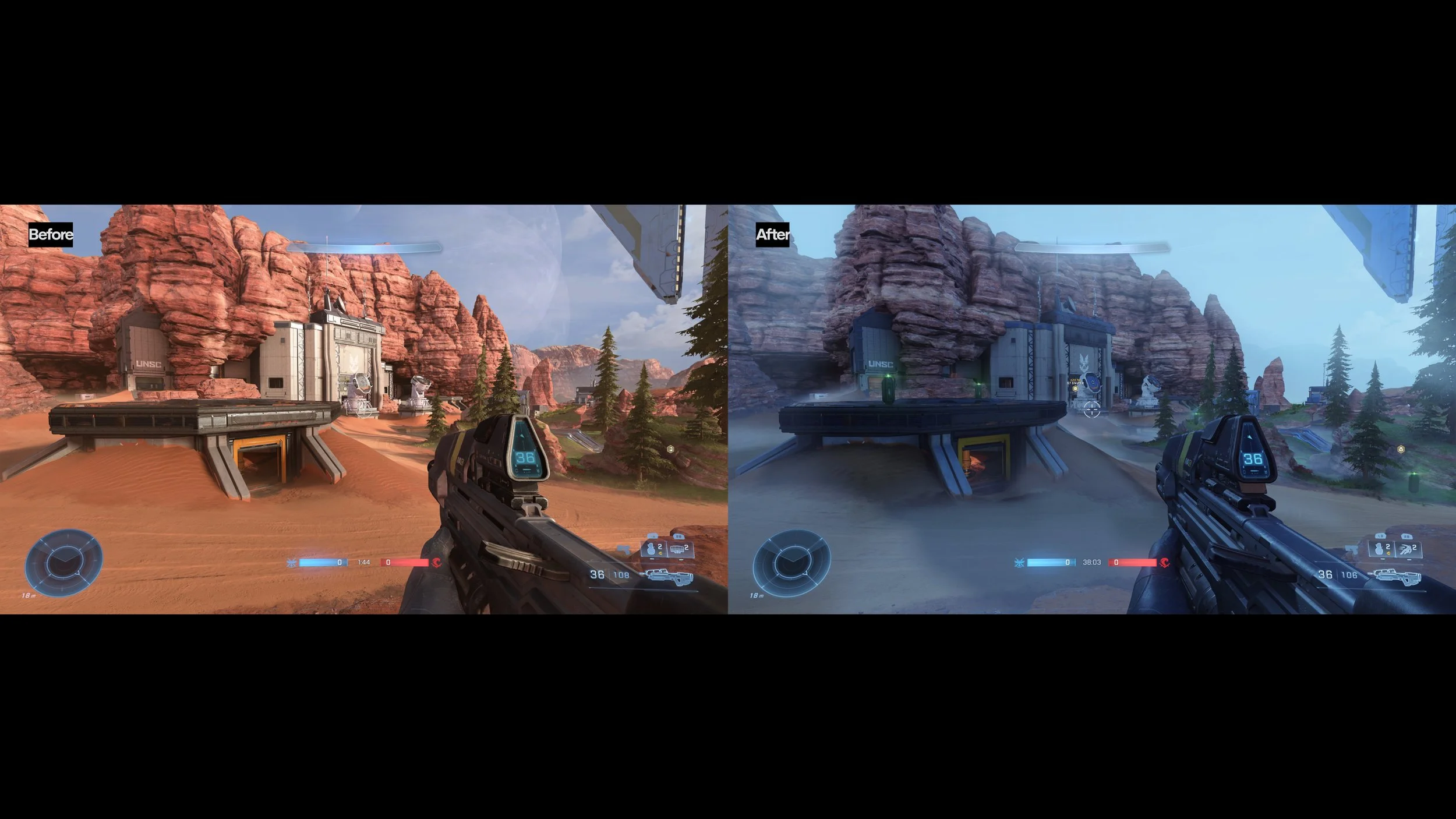





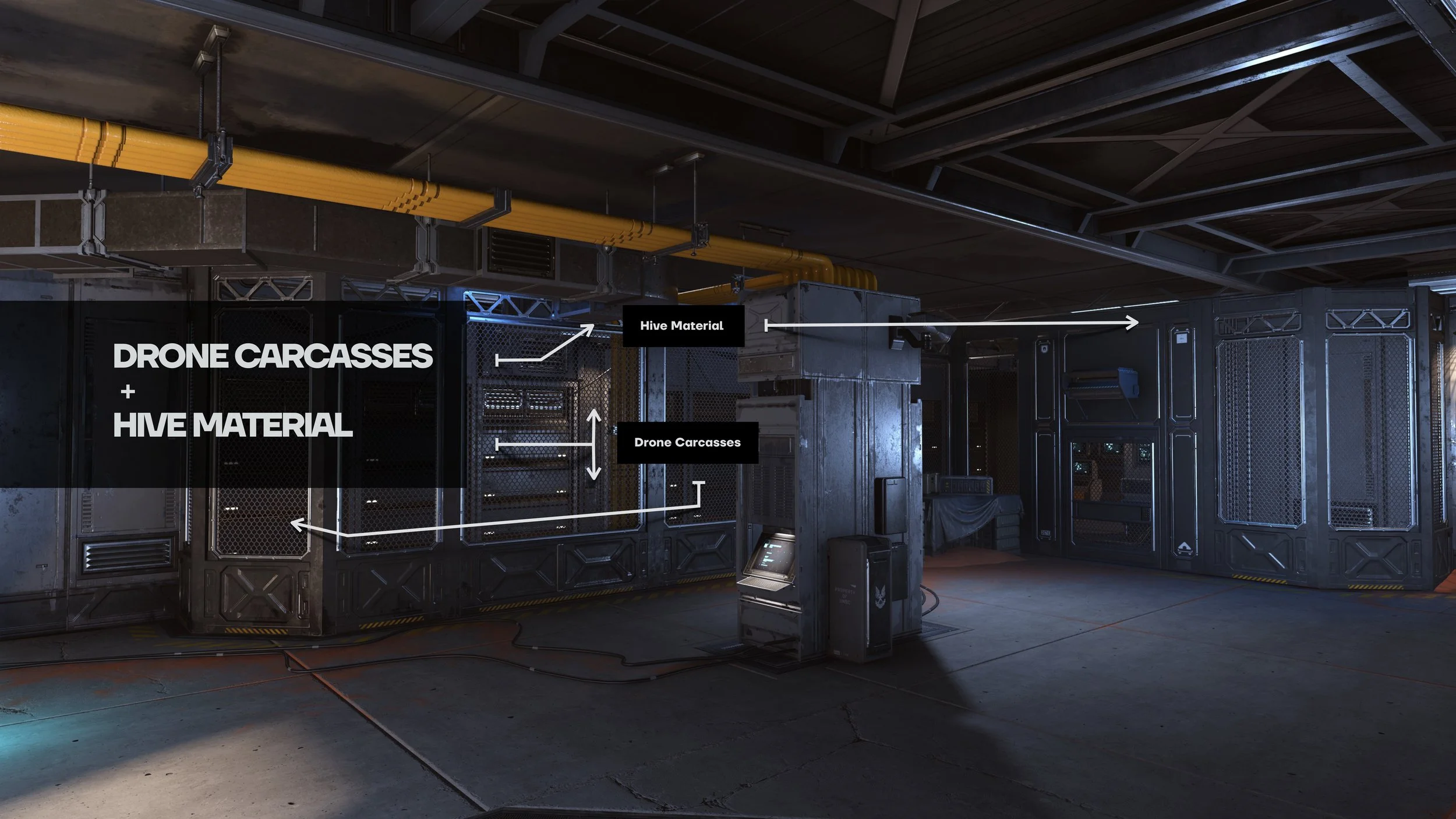



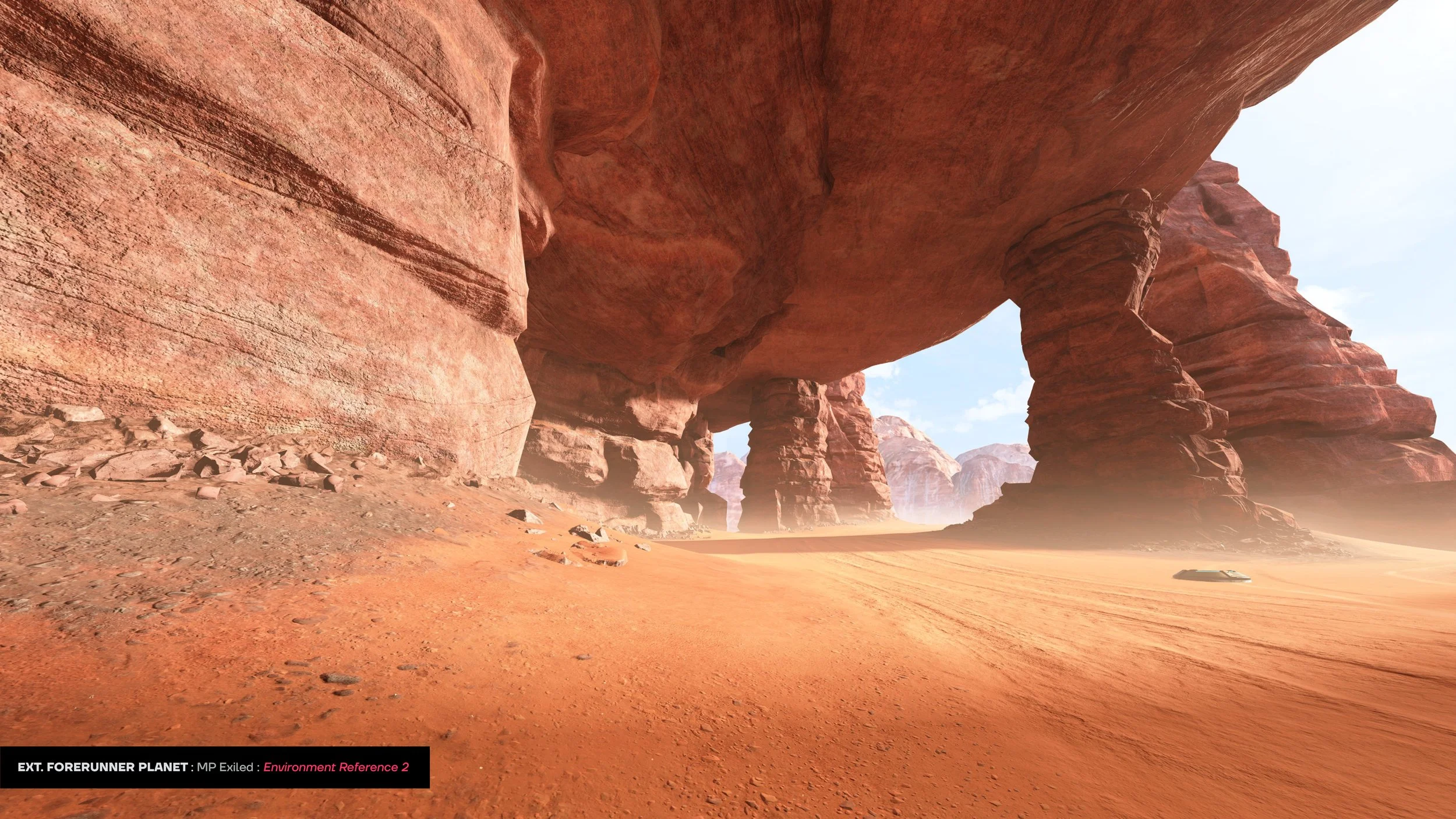

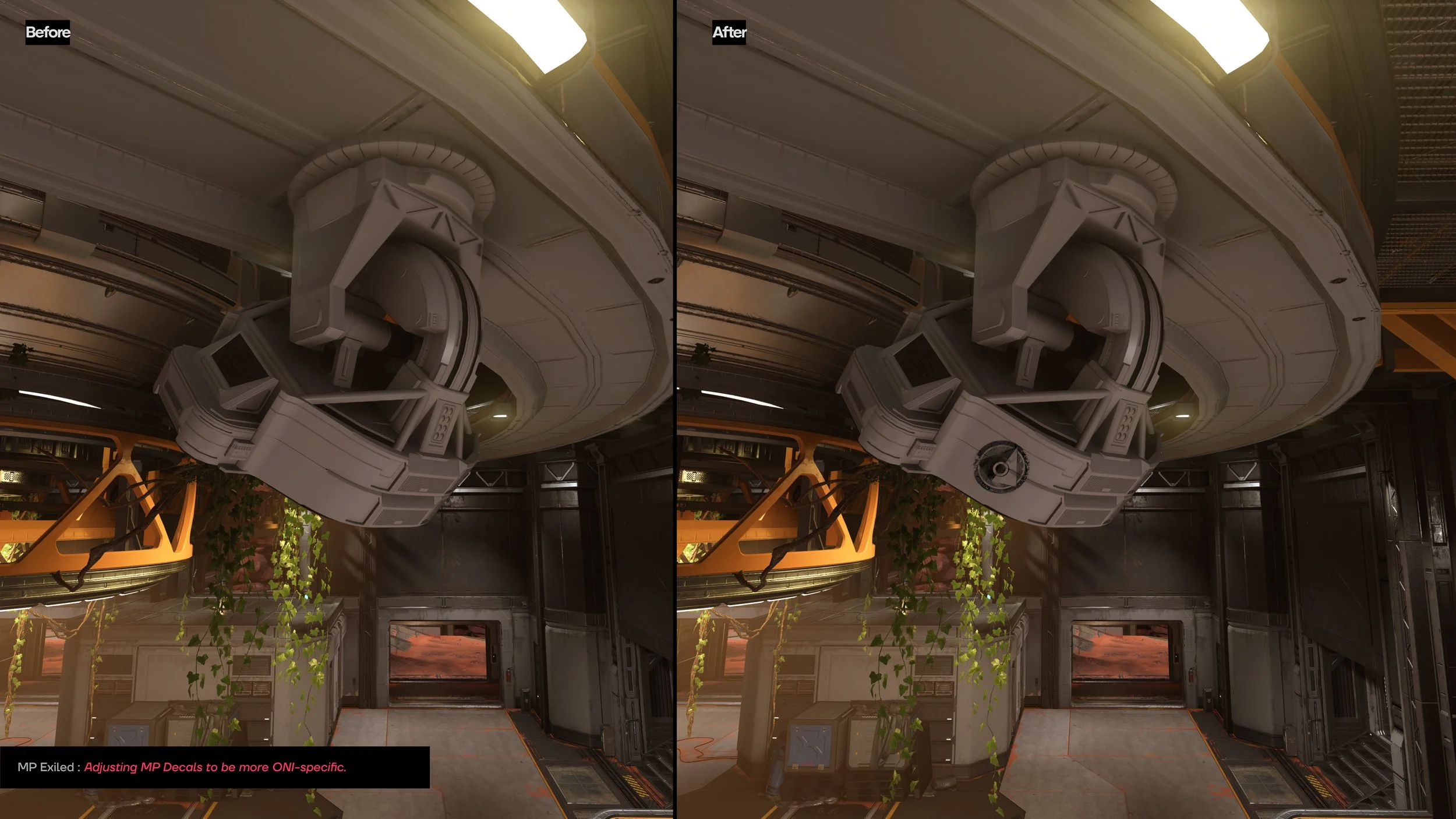



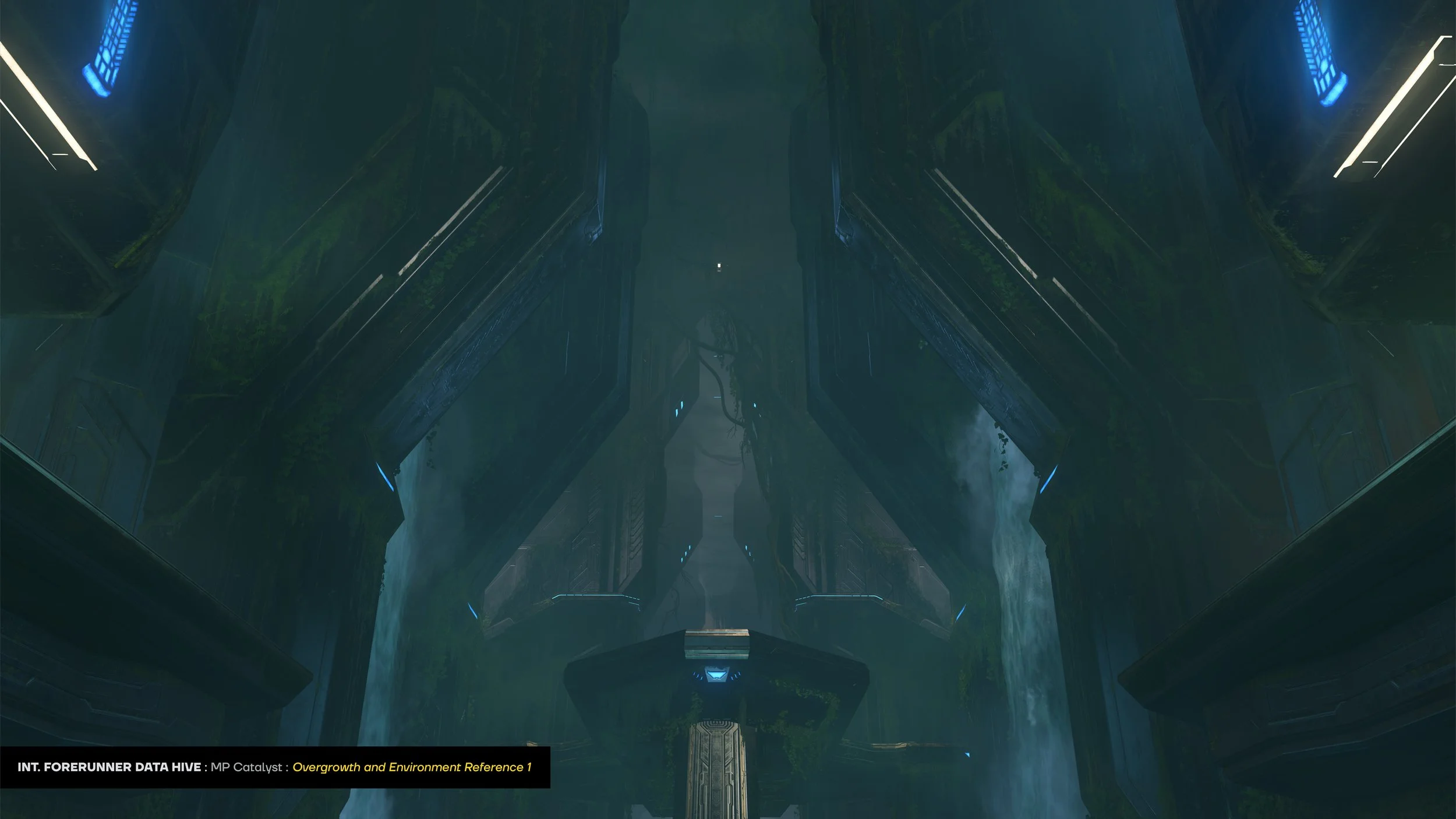


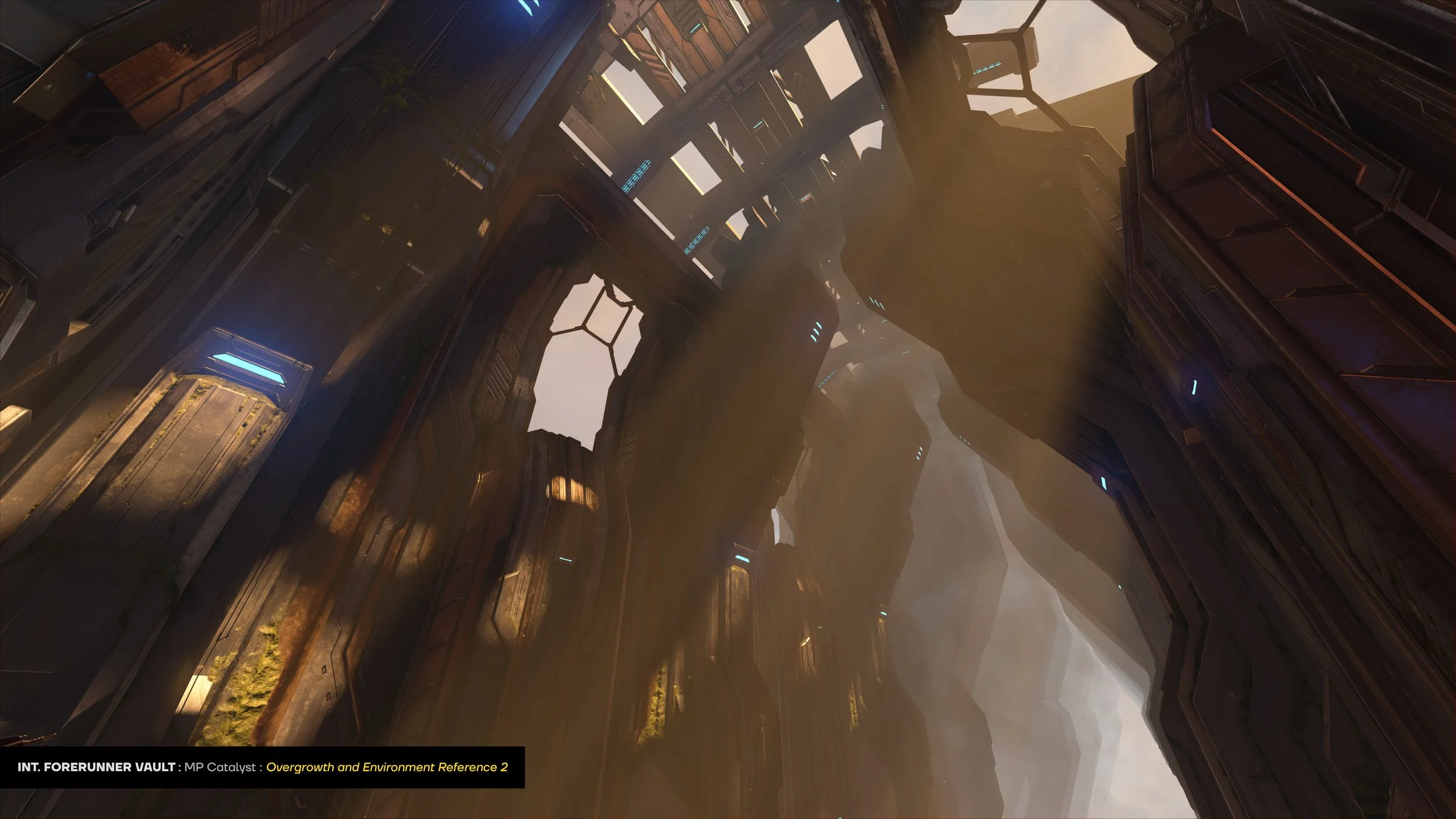


Seasonal Narrative Ambitions
I wrapped work on Halo Infinite’s main campaign in August 2021 and was immediately tasked by Joseph Staten to begin developing the Seasonal Narrative experience. While Season 1 had already been completed, the long-term narrative scope beyond that point was still undefined.
The core narrative team was small, around five of us, but we were supported by cross-discipline collaboration across art, lighting, FX, and engineering. Initially, the plan was to outsource any cinematic or narrative content to external partners. That changed quickly. Once the campaign wrapped, we transitioned directly into building Season 2 internally.
This document captures a portion of the work I led to explore how narrative could extend beyond the cinematic—infusing the world itself with meaning. The idea was simple: players wouldn’t just watch the story, they’d play through its aftermath. Cinematics would act as the catalysts, and then the levels and playlists would evolve to reflect what was unfolding in the narrative arc.
I left this framework with the team when I exited 343, but not long after, the seasonal narrative plans for Halo Infinite were officially shelved. Still, this work reflects a broader ambition: to create a connected, evolving narrative ecosystem where gameplay and story live side by side.
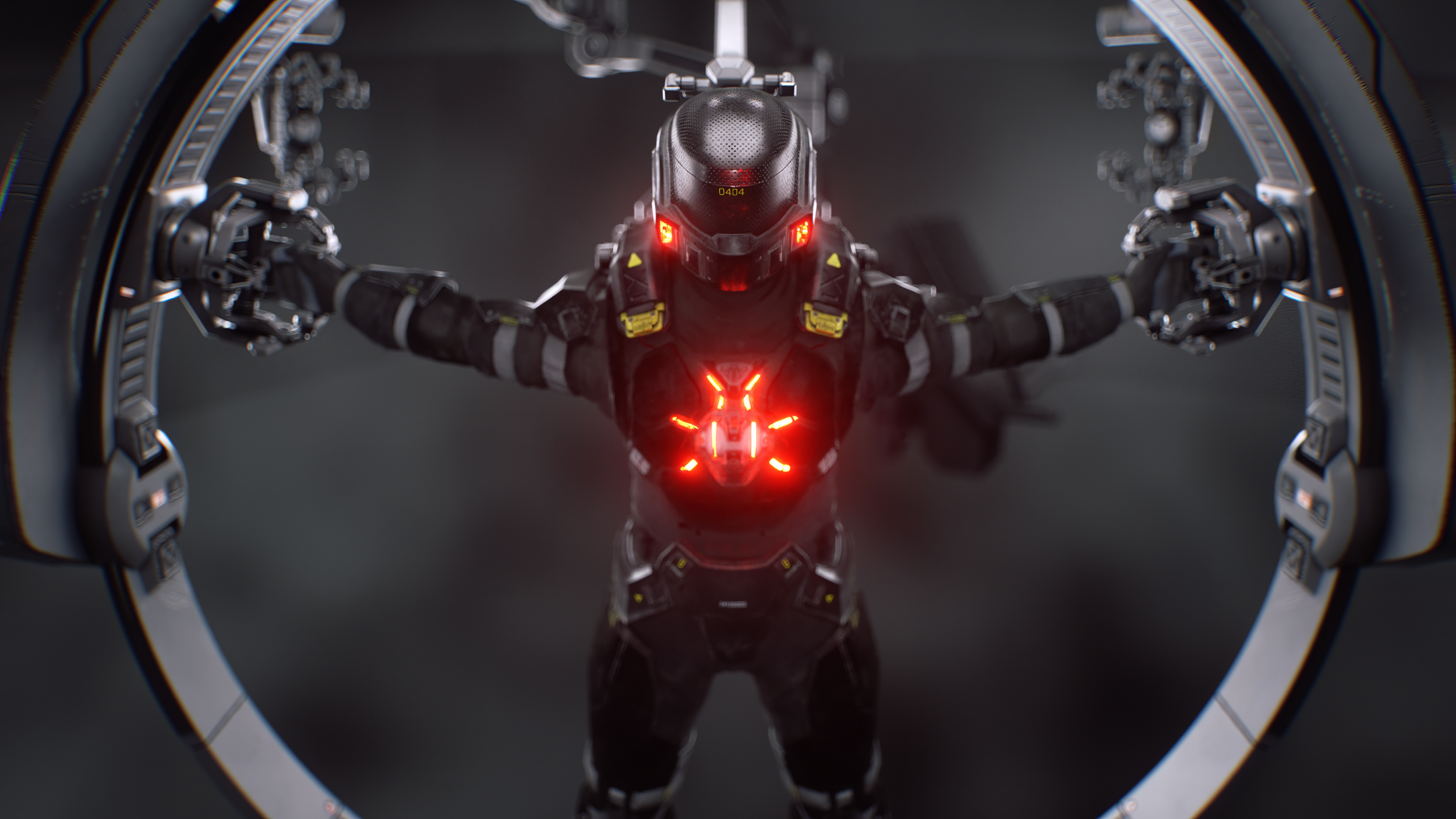
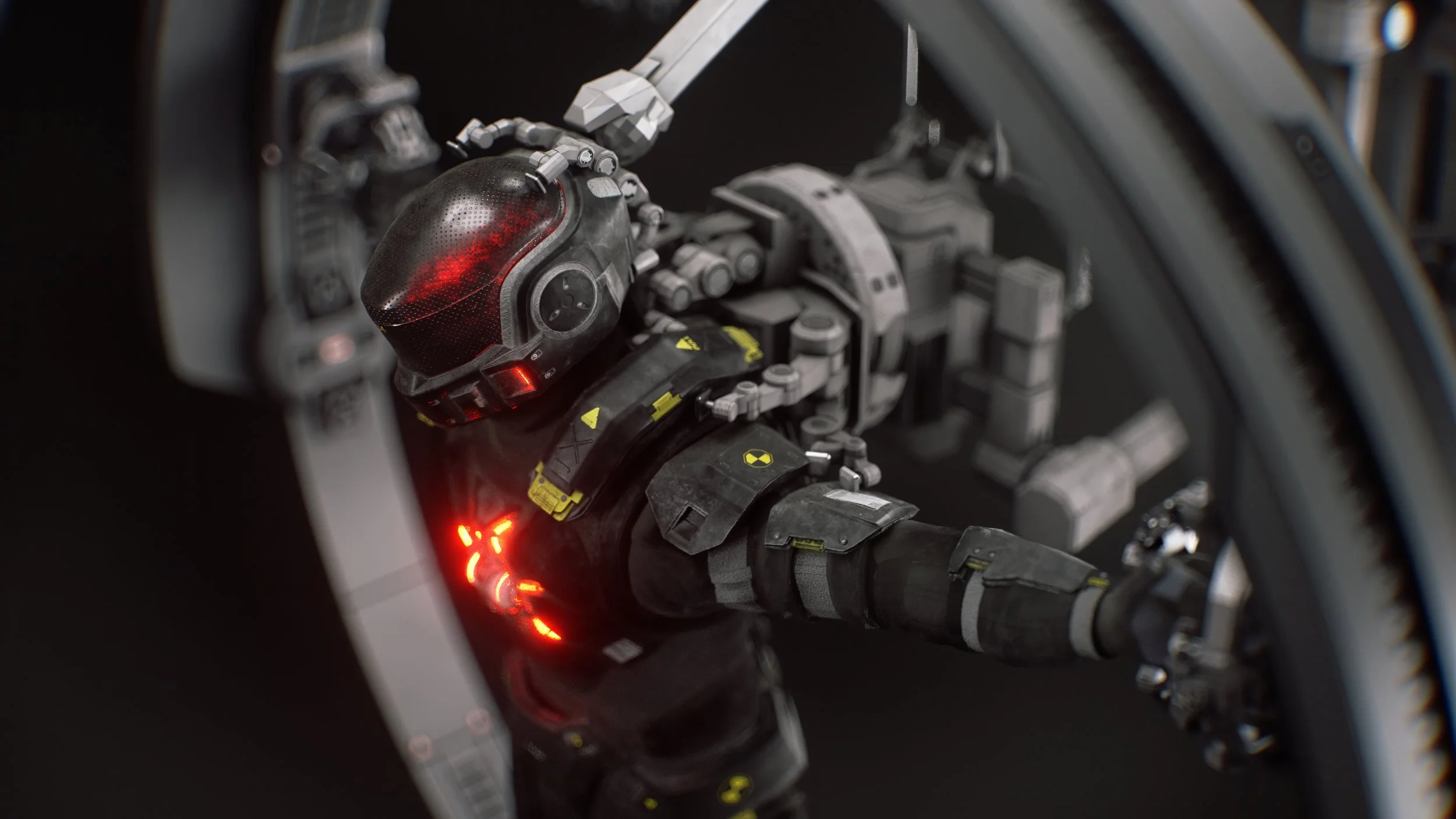
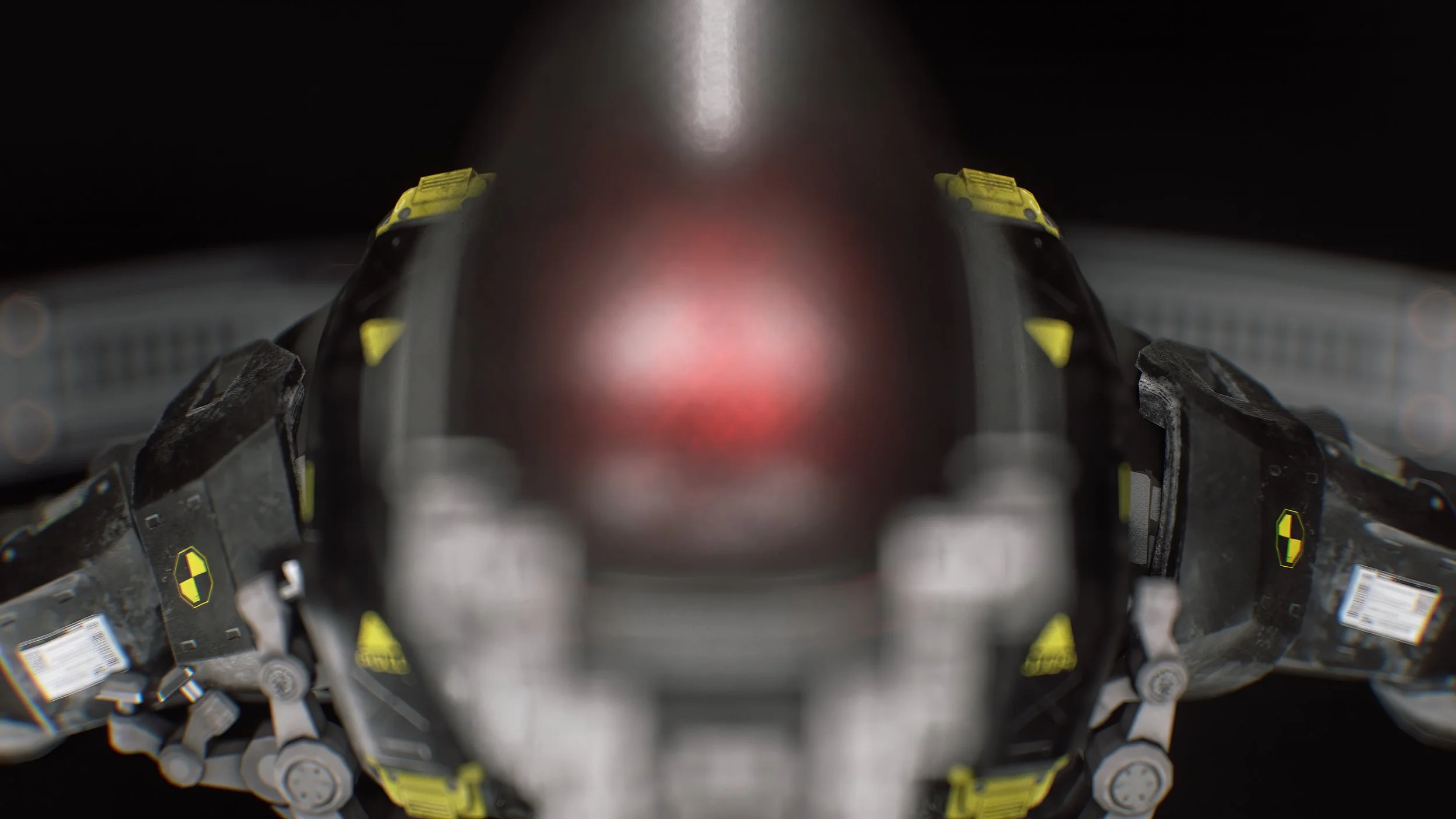
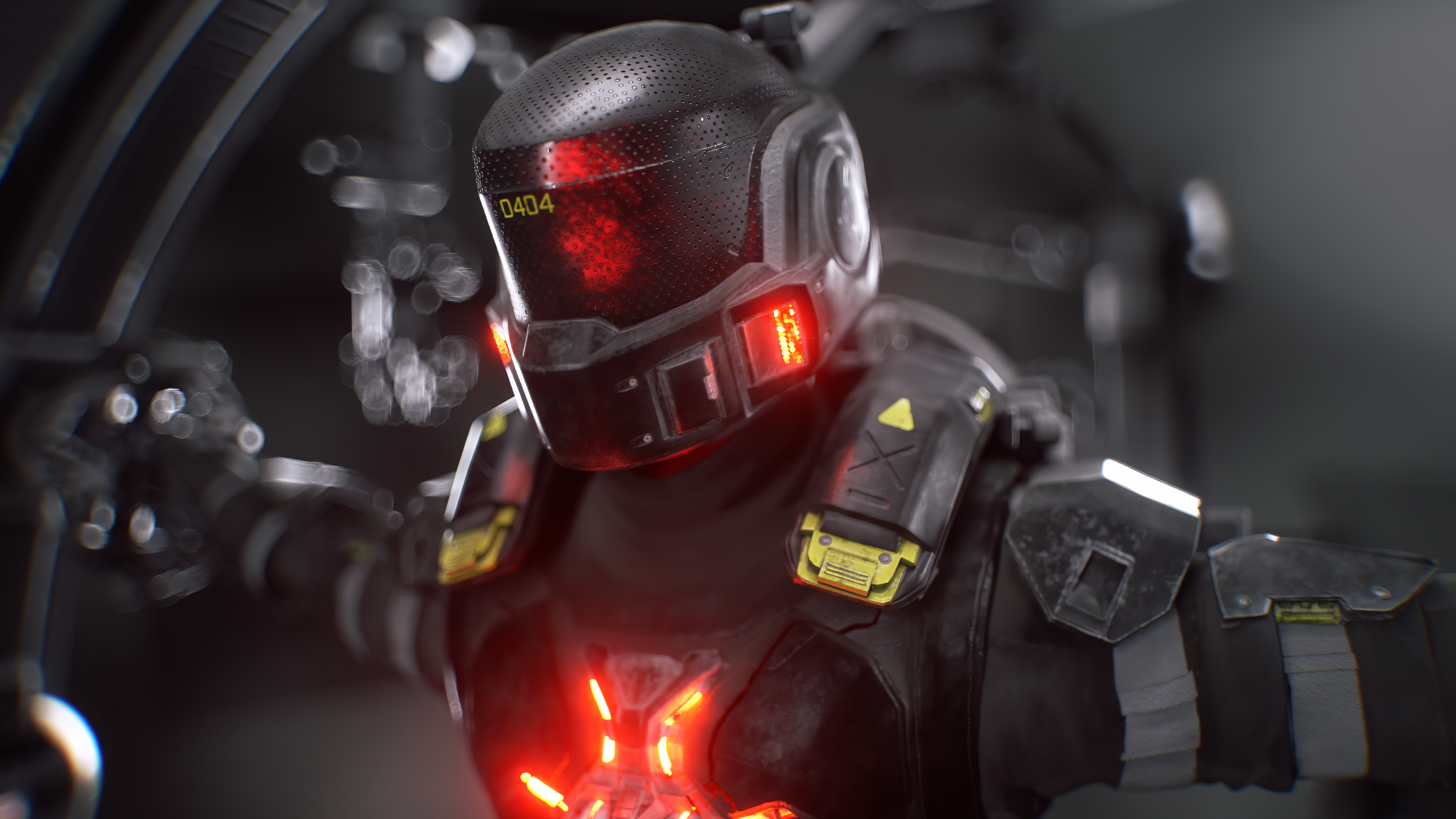

Technical Aspects of the Unfinished Teaser
The technical pipeline was an undertaking in itself. Game assets were converted into Octane Render and adapted for Cinema 4D, with all environments rebuilt as instances to make the project manageable at scale. Without this, the viewport simply couldn’t handle the density—hundreds of millions of polygons were involved. It was a fully manual conversion process and a major lift on the 3D side.
There was significant R&D around shaders and FX—much of which isn’t visible in the playblast. Octane presented major challenges: GPU light limits, unstable shader compilation, and scalability issues that slowed the pipeline. In hindsight, Redshift would have been a better fit, but at the time (2022), the rendering options and GPU performance just weren’t where they are today.
Today’s tech—faster GPUs, denoising, AI upscaling—would have made this process more efficient. But the core challenge wasn’t just technical. It was creative ambition vs. practical limits. And I’m still proud of the ground it broke.
